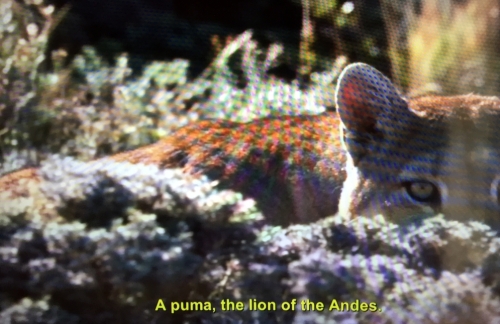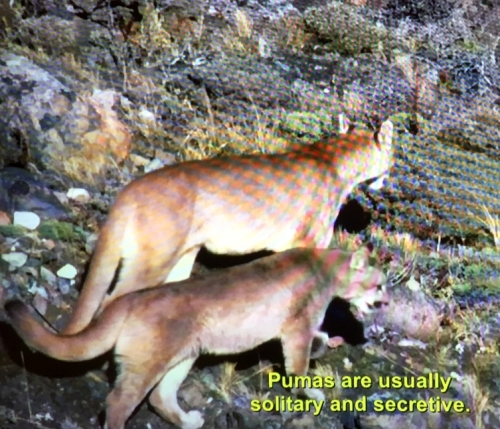I have had time to listen to marketing experts at ATA conferences and I have also read their advice on well-written articles, listicles, self-promoting tweets and blogs. To most of these experts, the situation is binary: either you seek customers or you don’t. In the former, they’ll guide you through the steps, but you’re risking your future if you ignore their advice, meaning that you aren’t that keen on seeking new customers.
In this world of the marketing expert, you’re either actively seeking new customers, promoting your practice through ongoing blogging and social media and attending trade shows, or you aren’t really serious about acquiring new targets and raising your income. Their collective advice is to seek out new prospects aggressively. Even a self-professed introvert who works as a life coach told me recently on Twitter that public speaking (that is, the art of speaking in public) also involves networking and self promotion. I’d hate to prove her wrong, but I will.
Even marketing experts who trawl (or troll, depending on your definition) the world of professionals have advice for those of us who don’t feel comfortable with networking. I have read their arguments and techniques, which are ultimately an extrovert’s advice for extroverts about marketing themselves repackaged and labeled “Networking for Introverts.” Again, this binary or, rather, tunnel vision, is disappointing, coming from people whose livelihood depends on teach others how to network. Sometimes I think they are living and preaching a religion called networking.
Unlike them, however, I find great guidance in the animal world.

Having spent countless hours watching documentaries by National Geographic and the BBC, especially those beautifully narrated by the late David Attenborough, I have found that some traits animals, big and small, display to feed themselves, procreate and raise their young, and to survive, are worth observing and, to a reasonable extent, applying to our professional lives.
The African lion eats every 6 days. Other large cats (the cheetah and tiger) have similar eating habits. Large herds of antelope and wildebeest roaming the plains on their annual treks are often followed by prides (groups of lions) waiting for their chance to strike and score one of these large preys. There is a rhythm to these movements tied to how often the lions hunt and eat, but it’s not just the travel of moving prey that govern how these large cats hunt to eat, but also the rains and droughts. Drought in one place means herbivores like wildebeest and elephants have to move elsewhere for grass; hence, lions have to follow these rolling restaurants in order to secure sustenance and survival.
These hunters don’t advertise their intentions, however. They don’t come to an antelope and say “Hi, there; I’m a lion and I’d like to take you out to dinner. Or lunch, whichever you prefer. I can put you down for, say, 11 a.m.?” No, these hunters hide, their spots concealing them in the tall grass, their soft-padded paws allowing them to approach their prey unnoticed, at least until it’s too late for the stalked herbivore to escape unharmed.
Lions do announce their presence in at least two ways: when a lionness calls her young and when a lion rumbles his powerful growl, which goes on for miles, to intimidate other prides and to sow fear among prey animals in the dark.
Eagles, vultures, frigates and owls, among other bird species, take on projecting a powerful presence, with some variations in their approach. Peregrine falcons, for instance, attack bats as these exit their safe caves, but the falcon singles out one bat, not several, to hunt down. By contrast, a spider casts an almost invisible net to hunt not just one, but several insects. There’s even a spider species whose web can snag a bat!
Speaking of spiders, some, like the jumping spider, observe its prey from a distance, then jumps to catch it. Other spiders, like the trapdoor spider, hide in a hole on the ground covered by a trapdoor. As soon as the victim crowls by, the spider catches it fast. These are some of my observations, but are the parallels to seeking customers that I’ve gleaned?
- There is no universal way to find a suitable customer; find the ways that you feel most comfortable with and excel at them.
- Customers come in different sizes, so you might need to do some self-examination to find out what size you are so as not to overextend your efforts in going for the wrong size.
- Customers aren’t just economical targets; they are human, like you. Instead of being aggressive, how about being persuasive?
- Customers, like roaming wildebeest and elephants, don’t like to be followed around as they can smell your networking intentions and will likely flee in the opposite direction. Maybe it’s best to observe and learn about them from afar, then approach with caution when they show their vulnerable side.
Some hunters hunt in packs, other hunt alone. Likewise, some of us translators like to approach a prospect alone, at our pace. We are not “wasting” an opportunity nor are we being “too slow.” Some translators work best in pairs or small groups while others prefer to do it all themselves. Different strategies are applied according to their nature.

We can learn a great deal from animals, insects and others among our fellow inhabitants of this planet. Nature spent millions of years refining their survival skills and their lifestyles, and so it did with us. Instead of trying to reinvent the wheel, we could start listening to nature and find ways of applying what we learn to our professional and personal lives.

You must be logged in to post a comment.